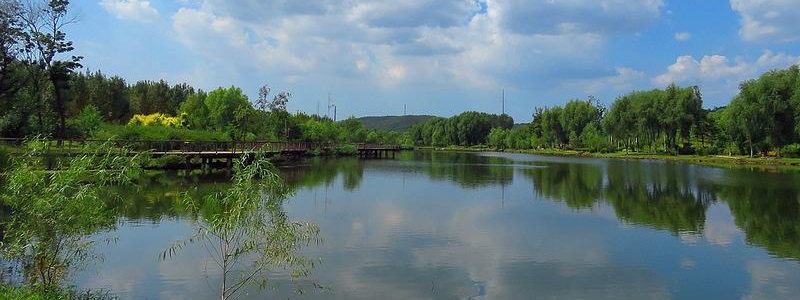
Types of Optical Brightening Agents
Optical brightening agents (OBAs), also known as fluorescent brightening agents (FBAs), are chemical compounds that give whitening effect to fabric. They do this by absorbing light in the ultraviolet and violet regionand re-emit the light in the blue region. This blue light reduces the yellow colour of the substrate and give a brightened look. Unlike bleaching, it doesn’t leave ayellowish tinge and gives a much pleasing whiter-than-white appearance. Such a property sets optical brightening agents apart and makes it a much coveted thing in industries such as Textiles, Plastics, Paper, and Cosmetics.
Types of Optical Brightening Agents
Based on the number of sulphonic groups, brightening agents can be categorised into three main types.
1) Disulfonated Optical Brightening Agents
These optical brightenets consist of two sulphonic groups. These agents are hydrophobic in nature because of their chemical composition. In simpler words, the solubility of these OBAs is quite low. Typically, they’re used in wet end.
2) Tetrasulfonated types
As the name suggests, these brighteners are made by four sulphonic groups. This type of brightening agents exhibit medium affinity and good solubility. Therefore, they’re an ideal solution in wet end as well as in dry end. These OBAs are most commonly used OBA type used in paper and paper board.
3) Hexasulfonated OBAs
Hexasulfonated OBAs are the kind of OBAs that are made of six sulphonic groups. As a result, these OBAs display a remarkable solubility and they’re used in dry end coating. They’re mostly used in areas where high brightness is required.
Common uses
Brighteners are commonly added to laundry detergents to make the clothes appear cleaner. Normally cleaned laundry appears yellowish, which consumers do not like.[2] Optical brighteners have replaced bluing which was formerly used to produce the same effect.
Brighteners are used in many papers, especially high brightness papers, resulting in their strongly fluorescent appearance under UV illumination. Paper brightness is typically measured at 457 nm, well within the fluorescent activity range of brighteners.[5] Paper used for banknotes does not contain optical brighteners, so a common method for detecting counterfeit notes is to check for fluorescence.
Optical brighteners have also found use in cosmetics. One application is to formulas for washing and conditioning grey or blonde hair, where the brightener can not only increase the luminance and sparkle of the hair, but can also correct dull, yellowish discoloration without darkening the hair. Some advanced face and eye powders contain optical brightener microspheres that brighten shadowed or dark areas of the skin, such as "tired eyes".
For more details and technical informations about our Fluorescent Brightener AC-351...
Contact us to serve you today!
 Previous
Previous  Next
Next Get answers and advice from people you want it from.